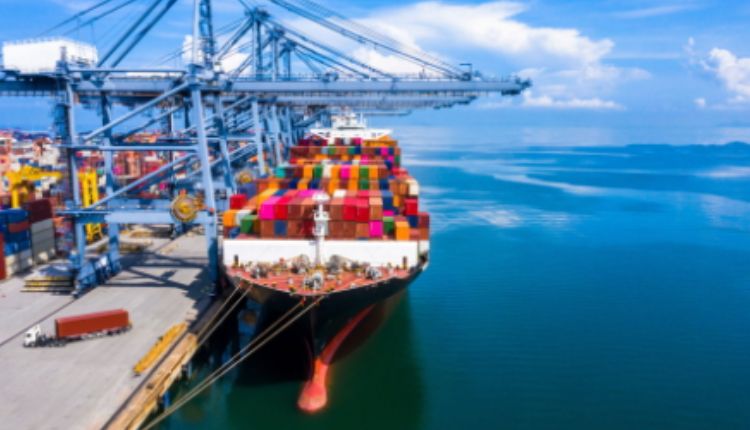As climate change continues to reshape our planet, rising sea levels are becoming a pressing concern for coastal communities and industries. One often-overlooked aspect of this crisis is its impact on boat docks—vital infrastructures that facilitate recreational and commercial boating activities. As water levels rise, it becomes essential to understand the effects on boat dock construction and restoration while exploring adaptive strategies to ensure their longevity and usability.
Understanding the Challenge: Climate Change and Rising Sea Levels
According to the National Oceanic and Atmospheric Administration (NOAA), global sea levels have risen by approximately eight inches since 1880, with projections estimating an increase of up to two feet by 2100. This change is primarily due to two factors: thermal expansion of seawater as it warms and the melting of glaciers and polar ice caps. As a result, coastal regions face increased flooding, erosion, and infrastructure damage.
Boat docks, which are often built close to shorelines, are particularly vulnerable to these changes. Rising sea levels can lead to submerged docks, making them inaccessible and jeopardizing the safety of boats and their users. In addition, increased storm frequency and intensity can further exacerbate the risks, causing damage and requiring costly repairs.
The Effects on Boat Docks
1. Structural Integrity
Boat docks are designed to withstand specific environmental conditions. As sea levels rise and storms become more severe, the structural integrity of these docks is put to the test. Over time, prolonged exposure to water can lead to deterioration of materials, corrosion of metal components, and weakening of support structures. Inadequate drainage can also result in water pooling around the dock, accelerating decay.
2. Accessibility Issues
As water levels rise, docks may become submerged or less accessible, making it challenging for boaters to safely board or disembark. This issue not only affects recreational users but can also hinder commercial operations, impacting local economies that rely on boating and fishing industries.
3. Increased Maintenance Costs
The need for frequent repairs and restoration due to climate-related wear and tear can place a financial burden on dock owners. Regular maintenance becomes essential to ensure the safety and functionality of the docks. Moreover, if dock owners do not adapt their structures to withstand changing conditions, they may face significant costs for complete restoration or replacement.
Strategies for Mitigating the Impact of Rising Sea Levels
To address the challenges posed by rising sea levels, boat dock owners and builders can implement various strategies to enhance resilience and longevity. Here are some effective approaches:
1. Elevating Docks
One of the most straightforward solutions is to elevate boat docks above the projected flood levels. By constructing docks at a higher elevation, owners can minimize the risk of submersion during high tides and storm surges. This method not only ensures accessibility but also helps maintain the structural integrity of the dock over time. It’s crucial to consult local regulations and guidelines to determine the appropriate height for dock construction.
2. Floating Dock Systems
Floating dock systems are gaining popularity as an adaptive solution to rising sea levels. Unlike traditional fixed docks, floating docks rise and fall with the water level, maintaining accessibility regardless of tidal changes. These systems can be made from various materials, including modular plastic or wood, allowing for flexibility in design and installation. Floating docks are particularly effective in areas prone to significant water fluctuations, providing a sustainable solution that minimizes long-term maintenance needs.
3. Environmentally Friendly Materials
Using durable, environmentally friendly materials in boat dock construction and essential boat dock restoration can significantly enhance resilience. For example, composite materials are less susceptible to rot, corrosion, and decay compared to traditional wood. Additionally, incorporating environmentally friendly design practices can help mitigate the environmental impact of dock construction and restoration, preserving the surrounding ecosystems.
4. Regular Inspections and Maintenance
To ensure the longevity of boat docks, owners should conduct regular inspections and maintenance. This proactive approach allows for early identification of potential issues, reducing the need for extensive repairs or restoration down the line. Inspections should focus on the structural integrity of the dock, including support posts, connectors, and surface materials.
5. Community Collaboration
Coastal communities should collaborate to address the impacts of climate change collectively. By sharing resources and knowledge, dock owners can develop adaptive strategies tailored to their specific conditions. Local governments can also play a crucial role by providing incentives for resilient dock construction, promoting best practices, and investing in community infrastructure that protects against rising sea levels.
Conclusion
The impact of climate change on boat docks is a growing concern for coastal communities. With rising sea levels posing threats to accessibility, structural integrity, and maintenance costs, proactive measures are essential to ensure the sustainability of these vital infrastructures. By elevating docks, implementing floating systems, utilizing durable materials, and prioritizing regular maintenance, boat dock owners can effectively mitigate the impact of climate change and safeguard their investments. As we navigate this changing landscape, collaboration within communities will be key to creating resilient coastal environments that can withstand the challenges of a warming world.


